Depth of Field
Tuesday, 30 October 2018
Monday, 29 October 2018
Perspectives - 5 Ways that Mulholland Drive is Postmodern
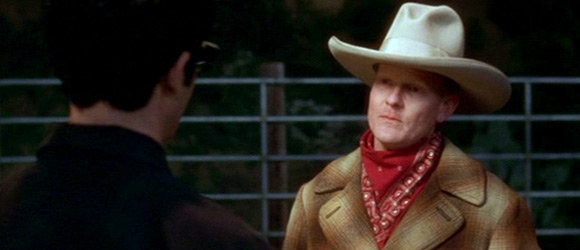
1. Mulholland Drive features references to other genres, including the Cowboy character who is from westerns and is extremely stereotypical of the genre.

2. The plot of this film is non-linear and it jumps between different realities, time periods and characters.

3. Continuing from the last point, it is also fragmentary. When we find out that Bettys world was a dream, the events of the film in Dianes reality start to feel disconnected.
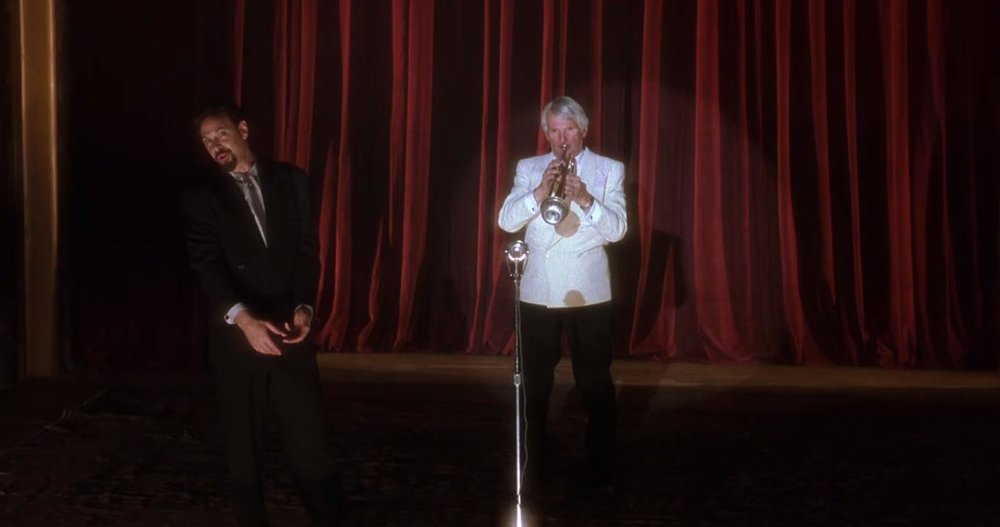
4. The theater scene contains Fabulation, its outright stated when the owner of the club says "Its all in your imagination". He is literally telling us that this sequence is not real, and everything in the movie that follows proves that. The dream Betty is in isn't real either, but rather a world dreamt up by Dianne.

5. Bettys view of Hollywood is pastiche. She views it as a magical world where stars are born, however when we're out of the dream and back in Dianes reality we are shown the opposite. Both of these views are shown in Hollywood movies, however one more so than others.
Friday, 26 October 2018
Perspectives - Postmodern Definitions #3
Meta Narrative - an overarching account or interpretation of events that provide pattern or structure for peoples beliefs
Essentialism - the view that every entity has a set of attributes that are necessary to its identity and function
Utopian - an ideally perfect place for all people
Axiomatic - self-evident or questionable
Dystopian - a place that is undesirable for all people
Skepticism - doubt of the truth of something
Relativism - belief that knowledge, truth and morality exist in relation to culture, society or historical context and are not absolute.
Pluralism - a condition in which two or more groups coexist
Essentialism - the view that every entity has a set of attributes that are necessary to its identity and function
Utopian - an ideally perfect place for all people
Axiomatic - self-evident or questionable
Dystopian - a place that is undesirable for all people
Skepticism - doubt of the truth of something
Relativism - belief that knowledge, truth and morality exist in relation to culture, society or historical context and are not absolute.
Pluralism - a condition in which two or more groups coexist
Thursday, 25 October 2018
Tuesday, 23 October 2018
Monday, 22 October 2018
Perspectives - 5 Ways that Inception is Postmodern

1. The viewer doesn't know the truth since there are so many layers of the dream. Are they still dreaming or are they in reality again? This is evident at the end of the film when Cobb spins his totem. We never see if it stops spinning or not. It it keeps spinning it means he's still in a dream, but if it stops then its reality. The film ends before anyone finds out.

2. There is also Intertexuality in the film. Most obvious is the Penrose stairs, used by architects as a way to create a continuous loop for their target. Penrose stairs are an optical illusion, impossible to create for real architects, but possible in the dream world.
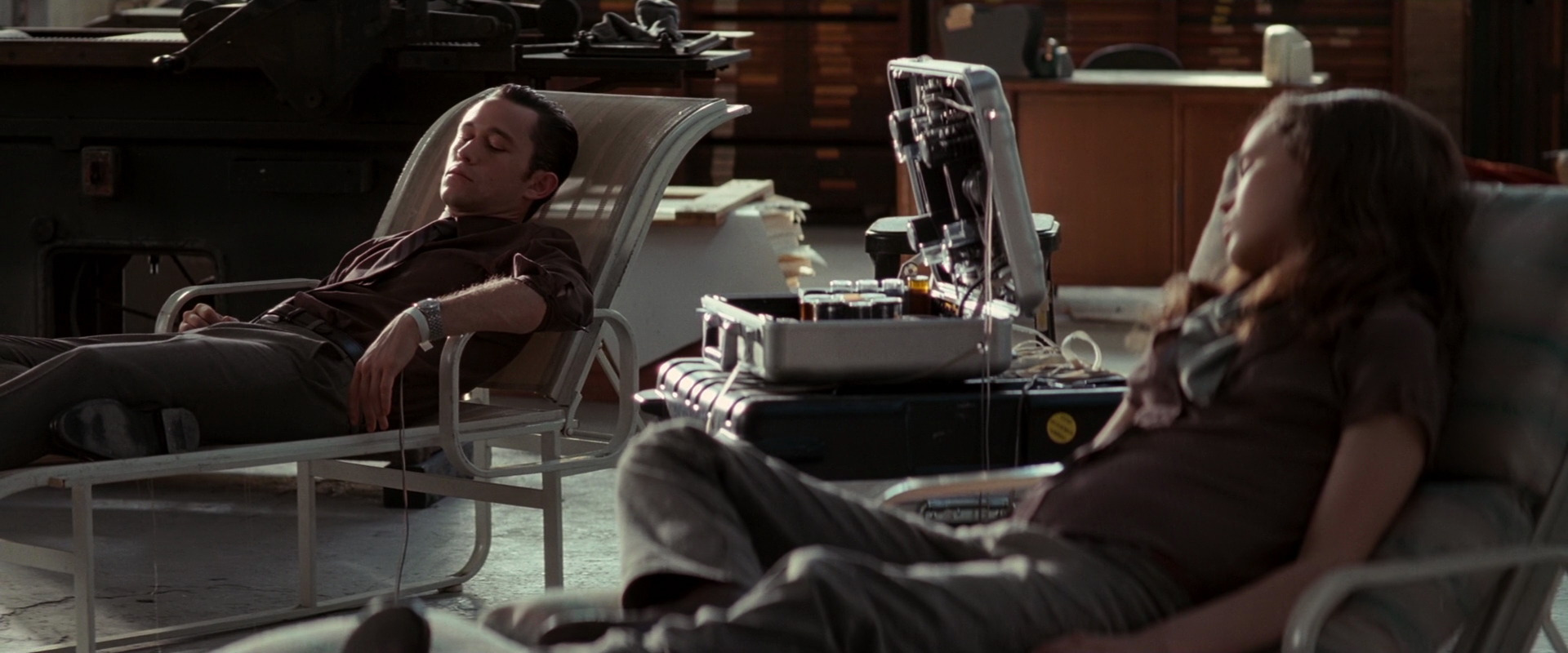
3. The film uses techniques from multiples genres, most notably sci-fi. The Dream Machine our protagonists use is something we could only hope to create in real life, but in this film it is made a reality. The use of multiple genres is Pastiche.

4. The dream world and Limbo in Inception are both Simulacrums. They are imitations of reality, and Limbo is furthest from reality. The lower you get in the dream worlds, the more you believe it it reality. Cobb and Mal believe that when they are in Limbo, they are still in reality.
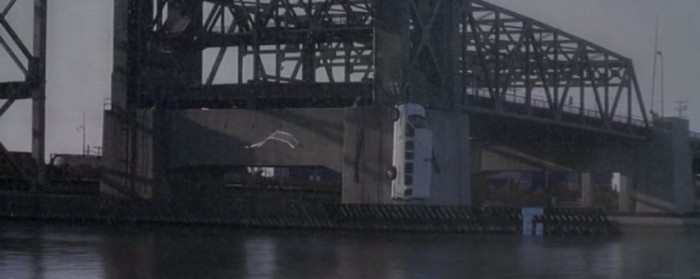
5. The plot is Linear, and uses the concept of the dream world going slower than reality (1 hour in the dream world is 5 minutes in reality). This keeps the film linear without having to resort to back and forths to tell the story. The more dream levels they go into, the slower time goes in the subsequent levels and in reality. Even though in the film it is shown as happening at the same time.
Collaboration - Linear Storytelling - Inception

(Inception Poster, 2010)
Exposition - Cobb and Arthur are extractors. They use experimental tech to steal information from peoples subconscious. After an unsuccessful mission to extract information from Saito, a Japanese businessman, the same target reveals it was a set up for a job.
Inciting Incident - Saito tells them about the job, and tells them that if they succeed, Cobb will be granted immunity for his precious crimes, which means he will be able to see his children again. They accept the job to enter a man named Fishers subconscious to plant an idea in his brain, known as Inception.
Plot Point 1 - Cobb finds a new architect since he can't build anymore. He is concerned his subconscious in the form of his wife Mal will attack his friends if he builds. Ariadne, the new architect, is attacked while learning about the tech and leaves, but Cobb says she will be back.

(Inception, 2010)
Obstacles - Team gets fully assembled and Saitos job goes under way. In the first dream layer they are attacked by fishers trained subconscious. Saito gets shot and if he dies he could call into Limbo. In the second layer, Cobb convinces Fisher that he is his dream defense and persuades him to join the team to battle his subconscious. They enter a third dream to gain access to Fishers emotional attachments.
Plot Point 2 - Fisher is killed by Cobbs subconscious Mal. SO Cobb and Ariadne go into Limbo on purpose to rescue him. Cobb confronts Mal and fisher and Ariadne leave limbo while Cobb goes to rescue Saito.
Climax - Fisher back in the dream ventures into the vault in his mind to confront his father and find peace. The missions succeeds and Cobb finds Saito and reenters reality with him.
Resolution - Everyone awakens from the dreams and Saito grants passage back to his home. CObb goes to see his children.
Bibliography:
Images:
Inception Poster. (2010). [image] Available at: https://images-na.ssl-images-amazon.com/images/I/51ShRC1YMrL.jpg [Accessed 22 Oct. 2018].
Inception. (2010). [DVD] Directed by C. Nolan. United States: Syncopy.
Monday, 15 October 2018
Perspectives - Postmodern Definitions #2
The Enlightenment Project - attempt to define and explain the human predicament through science.
Modernity - quality or condition of being modern.
Structuralism - method of interpretation and analysis of aspects of human cognition, behavior, culture and experience.
Ahistorical - lacking historical context or perspective.
Irreducible - not able to be reduced or simplified.
Objective - not influenced by personal feelings or opinions in considering facts.
Universal - applicable to all cases. done by all people in a group.
Definitive - reached decisively and with authority.
Post Structuralism - extension and critique of structuralism.
Reflexivity - reflecting thoughts and feelings onto someone or something else.
'The Unreliable Narrator' - a narrator whose credibility has been seriously compromised.
Modernity - quality or condition of being modern.
Structuralism - method of interpretation and analysis of aspects of human cognition, behavior, culture and experience.
Ahistorical - lacking historical context or perspective.
Irreducible - not able to be reduced or simplified.
Objective - not influenced by personal feelings or opinions in considering facts.
Universal - applicable to all cases. done by all people in a group.
Definitive - reached decisively and with authority.
Post Structuralism - extension and critique of structuralism.
Reflexivity - reflecting thoughts and feelings onto someone or something else.
'The Unreliable Narrator' - a narrator whose credibility has been seriously compromised.
Saturday, 13 October 2018
Toolkit 2 - Pipeline 1: Head Modelling Part 4
There are a few issues with the mesh which i'm going to try to fix before I go onto the eye tutorial, but for now this is looking kind of okay.
Monday, 8 October 2018
Toolkit 2 - Character Design: Drawing from Life
During the lesson Justin recommended I look at one specific breed of shark. So I decided on the Small Spotted Cat shark. Its small so it looks young, which fits with the Diva Trait the character will have. Its also a sociable shark, which will fit with the MGM Dance Musical World. Their shapes are fairly square, which will fit with the UPA Animation style as well. So its a fairly good breed to start with.
Influence Map
Initial Sketches
Sunday, 7 October 2018
Collaboration - Archetypes - A Knights Tale

(A Knights Tale Poster, 2001)
A Knights Tale is a 2001 medieval adventure-comedy film written, produced and directed by Brian Helgeland. The story is set in medieval times with multiple modern references. Including modern music and modern style clothes as worn by Jocelyn.
Hero - The hero archetype in this film is William Thatcher. He goes through a life changing journey to "Change his stars" and become a knight.
Herald - Sir Ector, the knight that dies at the beginning of the film is a herald, his death being a signal of significant change that leads them on their journey.
Mentor - Both John Thatcher and Sir Ector are the mentor archetypes. John teaches William that he has the ability to change his stars, and Sir Ector trains him in the ways of a knight, and acts like a role model.

(A Knight's Tale, 2001)
Shapeshifter - Jocelyn misleads William within the tournament. Telling him to lose to prove his love, and later on win to prove his love. Geoffrey is also a shapeshifter. He is a compulsive gambler with an unpredictable pattern, that often lands the group in trouble.
Shadow/Trickster - Count Adhemar cheats on the final tournament by using an illegally sharpened Lance. He also exposed William as not being Sir Ulrich for selfish reasons. He also locks William in prison when he finds out who he really his in order to prevent him from participating in the tournament.
Allies - Roland and Wat have been friends with William for many years and during this journey, and Kate makes him his armour. They all warn him at various points. At the beginning to not do this journey, and before he goes ahead and jousts against Edward. However they support his decisions.
Bibliography:
Images:
A Knight's Tale. (2001). [image] Available at: https://upload.wikimedia.org/wikipedia/en/a/a6/AKnightsTale.jpg [Accessed 7 Oct. 2018].
A Knight's Tale. (2001). [DVD] Directed by B. Helgeland. United States: Columbia Pictures.
A Knight's Tale. (2001). [image] Available at: https://upload.wikimedia.org/wikipedia/en/a/a6/AKnightsTale.jpg [Accessed 7 Oct. 2018].
A Knight's Tale. (2001). [DVD] Directed by B. Helgeland. United States: Columbia Pictures.
Friday, 5 October 2018
Perspectives - Postmodern Definitions #1
Postmodern - following that which is modern.
High Modernism - a steady confidence in science and technology as a means to improve the world.
Capitalist - a person who uses their wealth to invest in trade and industry for profit
Superabundance - more than sufficient. excessive.
Disconnected - lacking a connection with reality. lacking a linear sequence.
Pop - 'popular'. liked or admired by many people or a specific group.
Fragmentary - disconnected or incomplete.
Eclectic - deriving inspiration from a broad range of sources.
Nostalgia - a sentimental longing for the past. something presented in order to evoke feelings of nostalgia.
Simulacra - representation of something or someone. unsatisfactory imitation.
Superficiality - lack of serious thought.
Flippant - not showing a serious attitude. disrespectful.
Depthless - shallow or superficial.
Fabulation - invented stories.
Pastiche - imitation of a certain style or genre.
Bricolage - something created from a diverse range of themes.
Aleatory - something left to change. elements of random choice.
Perspectives - 5 Ways that Kill Bill is Postmodern
Kill Bill is a American martial arts film from 2003, written and directed by Quentin Tarantino. The film is iconic and recognizable all over the world. It features many elements in which it is Postmodern.
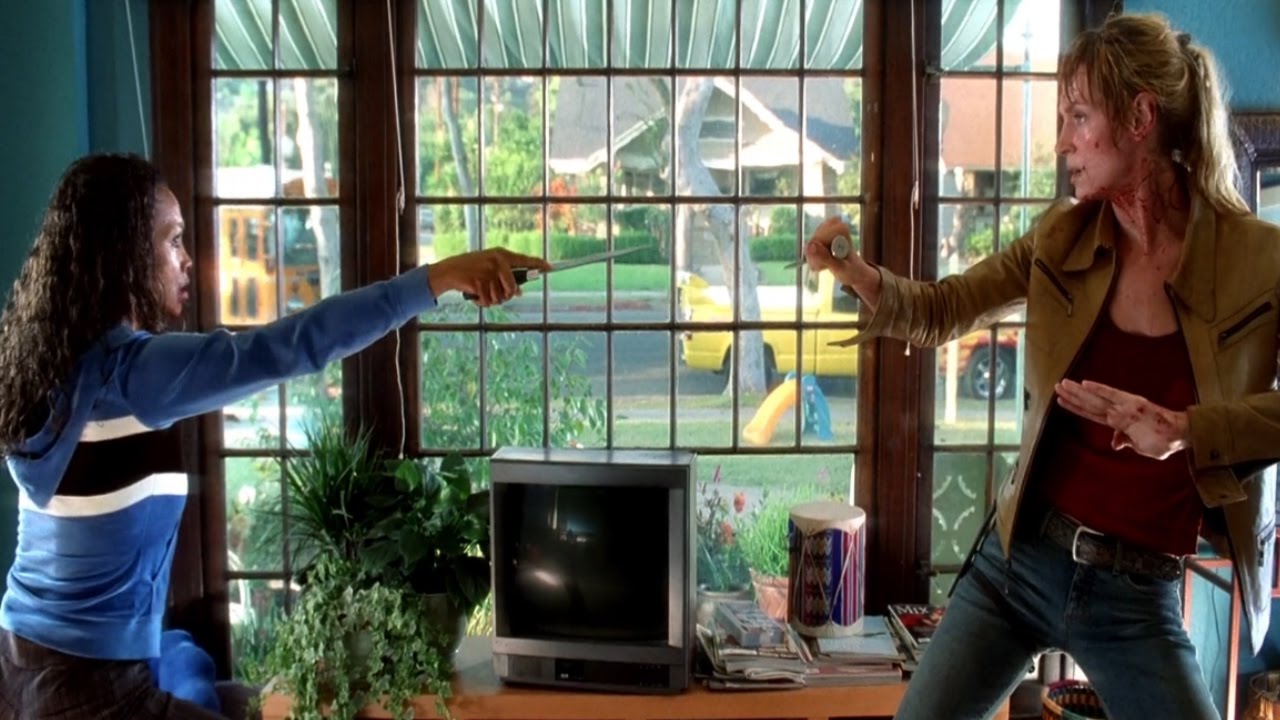
1. It's non linear narrative. It starts with her being "killed" by Bill, then cuts to opening credits. It then shows a fight with Vernita Green, and then jumps back in time to when she was attacked as a bride. The film continues to do this jumping back and forth at many times in the film.

2. The film mish-mashes multiple genres, including horror, action, samurai cinema and spaghetti westerns. It even features an anime sequence to show the backstory of one character, which in turn breaks the illusion of what we are watching, reminding us that this is in fact a film.
3. The anime sequence animated by Production I.G. features an obscene amount of blood. Perhaps because it is from O-Ren Ishii's memory, and a persons memory can often be exaggerated. Maybe this is how she told people it happened in the universe, because this is how she remembers it. The way in which the man who killed her father lights the fire is also exaggerated in this way.

4. The film has many hyper-real elements, including one of the ending scenes where she is able to kill and overpower many trained Japanese samurai/yakuza without getting killed herself. This scene was somewhat censored by making it black and white due to the amount of blood that comes from her victims.

5. The very final fight with O-Ren Ishii has music you would not expect in an action scene. Instead it is very peaceful. The environment also reflects this peacefulness, since it is white with snow. Its strange to depict a non peaceful moment as peaceful, especially considering the way O-Ren dies.
Thursday, 4 October 2018
Subscribe to:
Posts (Atom)

































